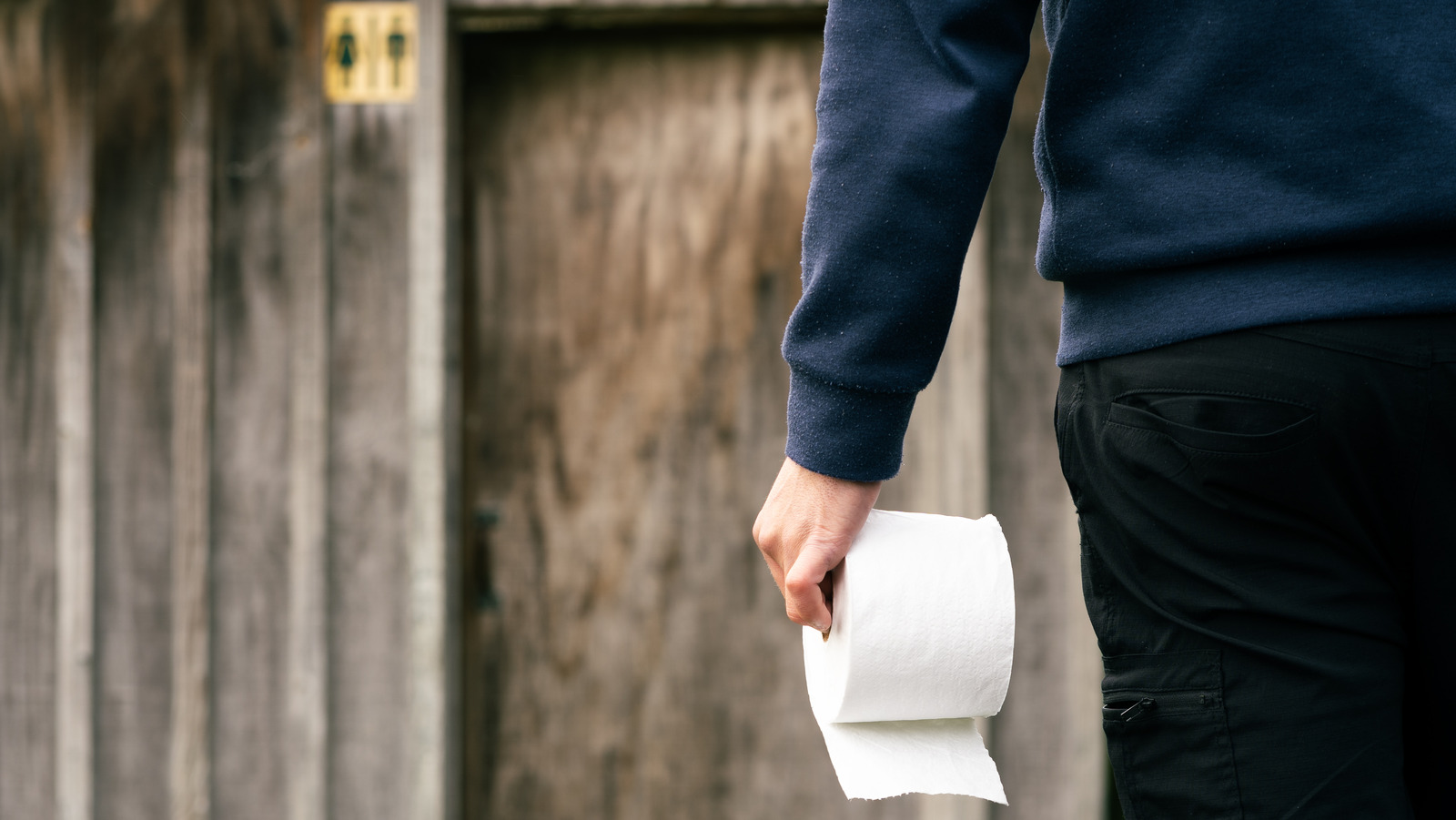
Once you identify what your typical poop looks like and how often you go number two, it is easier to notice changes that might be affecting your poop and, consequently, your health. According to the Cleveland Clinic, one of the most common triggers that might affect your poop is a change in your daily routine. This means that when you’re on a trip, stressed, dehydrated, stopped working out, or increased the intensity of your training, you can expect it to affect your poop. Luckily, this also means that you can easily bounce back to a healthy poop once your body adapts to the changes or you get back on track with your usual habits.
However, many health conditions can also affect your poop, changing it to either side of the Bristol Stool Chart spectrum. In fact, while some might be more severe than others, changes in your stools are often the first sign or warning of a medical problem that needs to be addressed. Per the site, conditions that may affect your poop’s shape, color, consistency, or frequency include fissures in your butthole, hemorrhoids, gut infections, pelvic floor issues, celiac disease, food intolerances, bowel obstructions, diverticulitis, endocrine, pancreatic, gallbladder, liver, or neurologic conditions, colon polyps, IBD, and colon cancer. Thus, try to make a habit of checking your poop, seeing that it can be a simple yet effective approach to safeguarding your health.